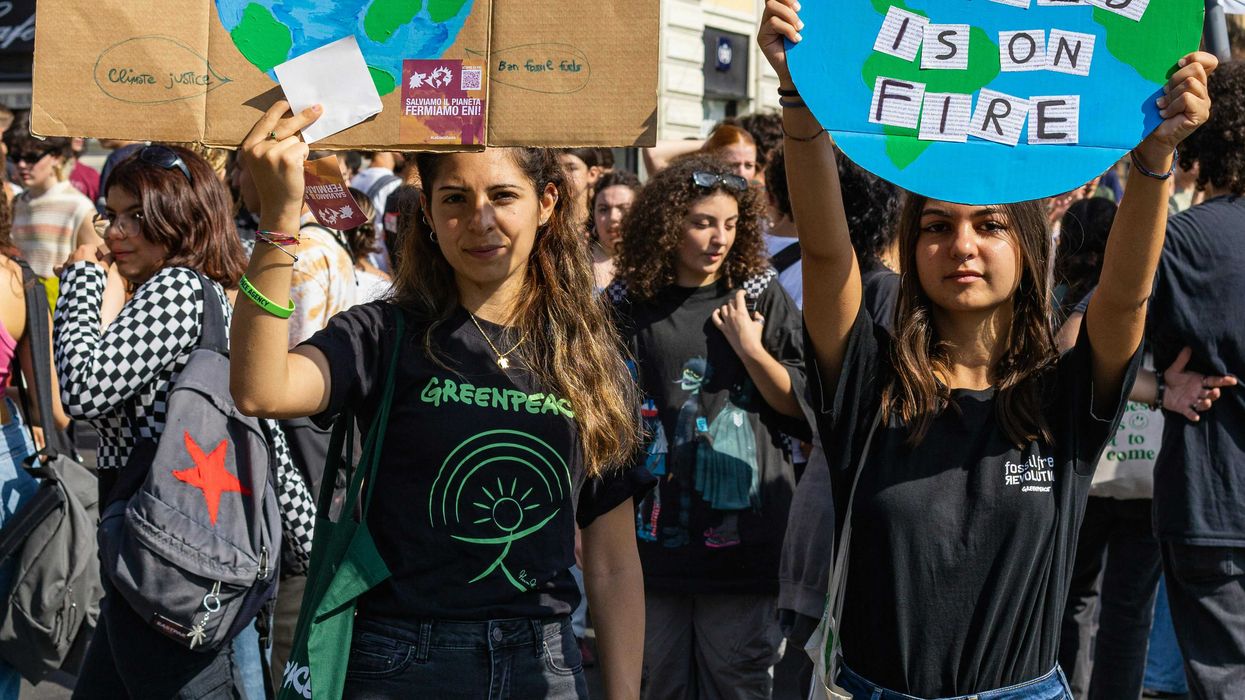Fewer than 10% of countries met the World Health Organization's air quality guidelines last year, spotlighting a pervasive health threat.
Delger Erdenesanaa reports for The New York Times.
In short:
- Only 10 out of 134 countries and territories achieved WHO standards for PM2.5, a harmful air pollutant.
- The worst air quality was found in Asia and Africa, with pollution sources including vehicle emissions, industrial activities, and household burning.
- China saw a significant increase in air pollution in 2023, reversing years of progress.
Key quote:
"Air pollution and climate change both have the same culprit, which is fossil fuels."
— Glory Dolphin Hammes, CEO of IQAir’s North American division
Why this matters:
Nations' adherence to these guidelines varies widely, influenced by economic, technological, and policy factors. Developed countries generally fare better in meeting these standards. However, in many developing countries, particularly in regions like South Asia, the Middle East, and Africa, adherence to WHO guidelines is a significant challenge.
Researchers recently found higher than average rates of Parkinson’s disease coupled with high levels of PM2.5 in South Texas, the Mississippi-Ohio River Valley and other locations.













